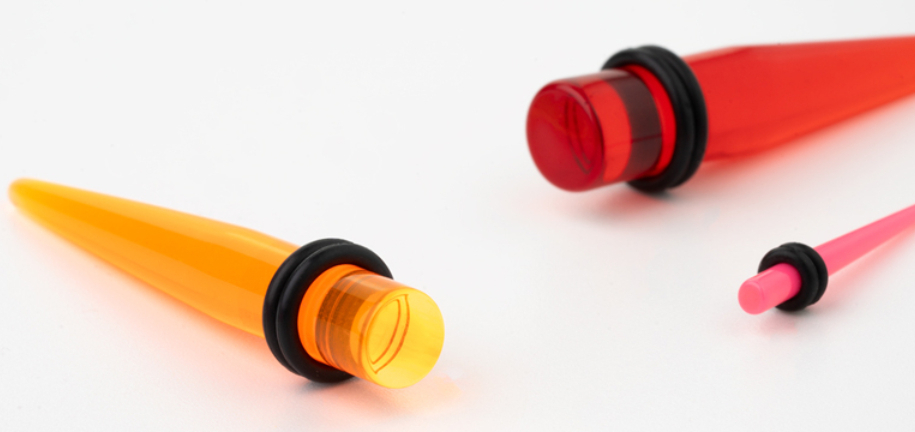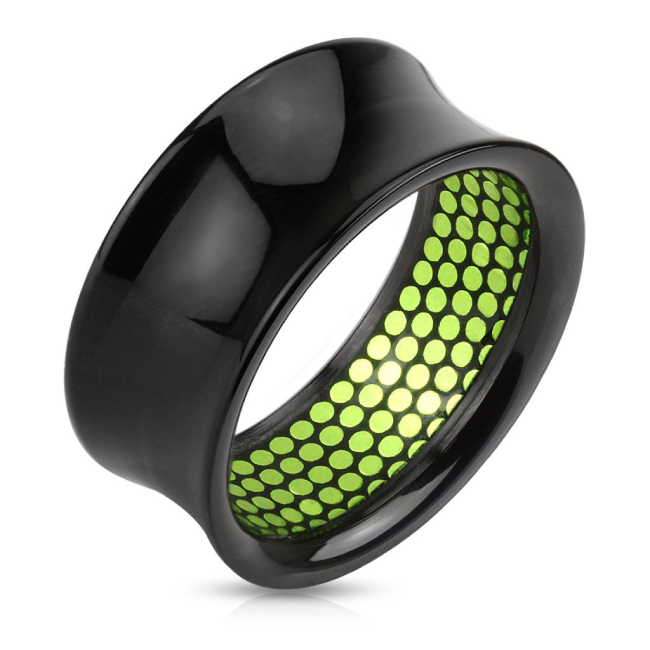
Piercing Jewelry Materials
Bioplastic in Piercings: Benefits, Uses, and Comparison with PTFE
Bioplastic is a hypoallergenic material with plenty of applications.
Within the context of piercing jewelry, bioplastic is primarily used for and piercings, as the soft material is gentle on the teeth and can be adjusted in length.
Bioplastic or PTFE?
Bioplastic is almost identical to PTFE. However, PTFE is a more recognized material as it was developed for the pharmaceutical industry. In other words, PTFE was originally made for the pharmaceutical industry, and bioplastic is more widely used.
What is best for your piercing is up to each individual to decide.
PTFE is synthetic and tends to be more flexible. It usually only comes in white. Bioplastics are made from renewable biomass sources, should be harder, and are available in many colors.
Where is bioplastic used?
Bioplastic is mainly used for labrets and tongue barbells.
This material is always hard enough to be used on a piercing and is simultaneously soft enough to protect your teeth.
Besides, you can easily shorten the length of the jewelry using scissors.


Why should I choose bioplastic?
In addition to the advantages already described, bioplastic:
- Contains no nickel.
- Is made from renewable sources.
- Does not damage teeth or gums.
- Is non-stick and therefore does not collect tooth plaque.
- Can be used under an MRI scanner.
- Bars can be shortened in length to adapt to your needs.
- Is almost maintenance-free because of its smooth surface.
Pretty good, huh?

Posted in:
